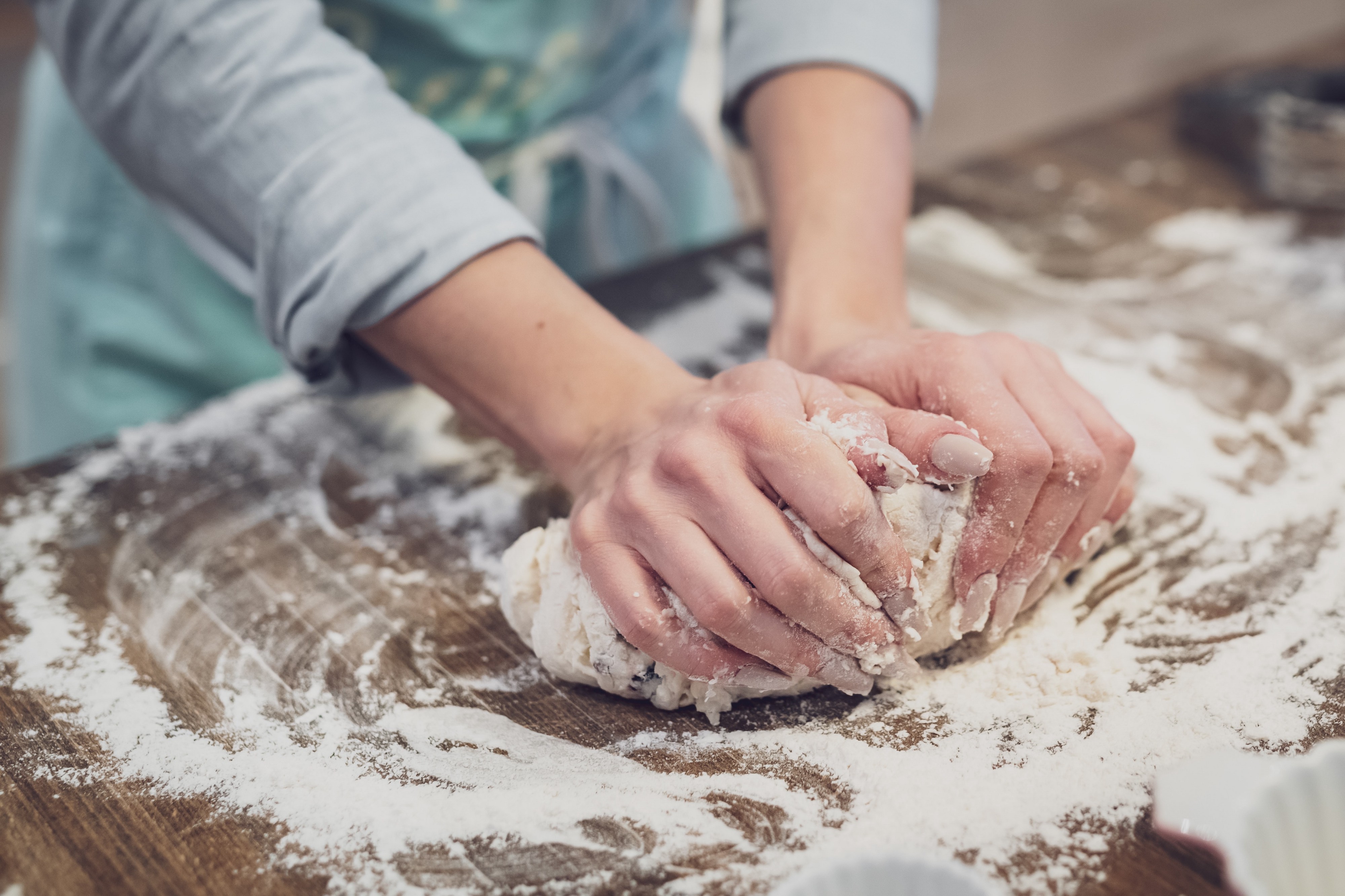What?s the difference and which should you be baking with?
 Image by Theme Photos from Unsplash
Image by Theme Photos from Unsplash
When shopping for flour, many of us grab the bleached bag without a second thought. It?s what our mother always bought. It?s bright white. It?s what we?re used to working with.
But, if you paused for just a moment, you would notice a small section of unbleached flour on the same shelves.
Which makes you wonder, have you been buying the wrong flour all your life?
Why is flour bleached?
As you may have guessed, bleaching is the process of turning flour that intense white color. Similar to what bleach does to your clothes.
Naturally, flour has yellow tinted molecules called carotenoids, which give a slightly cream color to the crop. Carotenoids are the same pigment molecules found in bright orange carrots.
Historically, consumers didn?t like this yellow colored flour. They preferred the perfectly white kind. Luckily, over many months of storage, flour will turn from yellow to white as it?s exposed to oxygen in the air.
The only problem is, flour millers don?t want to hold onto their product for several months or even up to a year. It?s expensive and requires a lot of space.
Millers wanted to find a way to get their flour on the market immediately and see a quick return in profit.
And if oxygen was the key to this transformation, why couldn?t the transition from yellow to white be done chemically and instantaneously? Why wait for bleaching to naturally occur?
So, what?s this bleaching process entail?
Chemical bleaching of flour was first introduced in the 1906 Pure Food and Drug Act. This act determined a list of bleaching agents that were deemed safe and the list continues to be added to (or retracted from). Options include compounds like: nitrogen peroxide, chlorine gas, chlorine dioxide, nitrogen trichloride and benzoyl peroxide.
These bleaching agents are usually added directly to freshly milled flour to yield a white product in just a day to two. Much faster than naturally bleaching flour for several months, making bleached flour much more economical.
Within flour, the carotenoids or those yellow colored molecules, are being converted into colorless compounds by the bleaching agent. This results in an entirely new molecule that?s not a carotenoid anymore.
For the nerds (like me!) out there, chemically what?s happening is the bleaching agent attacks where the carotenoids have double bonds. Carotenoids are large molecules with a system of numerous double bonds, so this is a pretty easy job for the bleaching agent to accomplish. The yellow pigment is destroyed since it?s been converted into another compound.
But, there?s more.
Some extra benefits of bleaching are that it helps dry the fresh flour faster, leads to a finer grain, and extends the shelf life.
Unbleached flour is still bleached? just naturally.
The name ?unbleached flour? isn?t exactly fitting.
This type of flour is still bleached to attain an off-white color. It just uses the slow process of exposing the flour to oxygen over many months.
Rather, the term ?unbleached? is a way for the millers using the natural bleaching process to differentiate themselves from flours that are chemically bleached and can be sold at much lower prices.
Is one better than the other for baking?
Chemically bleached flour is more user-friendly for baking than unbleached flour. That?s because bleaching does more than just result in a less colored product.
Many bleaching agents like chlorine dioxide and chlorine gas are also known as maturation agents. These compounds alter the structure of proteins in the flour through a reaction known as oxidation. Essentially, the maturation agent modifies the proteins so that they now interact with each other. The proteins make more connections and form large networks. In baking, this is known as developing the gluten or forming the gluten network.
Plus, this small alteration to the proteins makes the dough less sticky and easier to handle. This is key for food manufacturers that are churning out thousands of baked goods a day and convenient for us home bakers too. It also gives baked goods a better volume and texture.
The only time unbleached flour would be advantageous is if you want a dense, compact loaf.
Chemically bleaching flour often does more than just lend the product a white color. It?s important for oxidizing, or chemically altering, proteins so that they are ready to form strong gluten networks while you?re baking.
Unbleached flour doesn?t go through this chemical process. Instead, flour can be naturally bleached by exposing it to air for several months, but this process is slow and inconsistent.
So the next time you?re stocking up on all your baking ingredients, you can approach that flour section with confidence, knowing exactly what you get.


